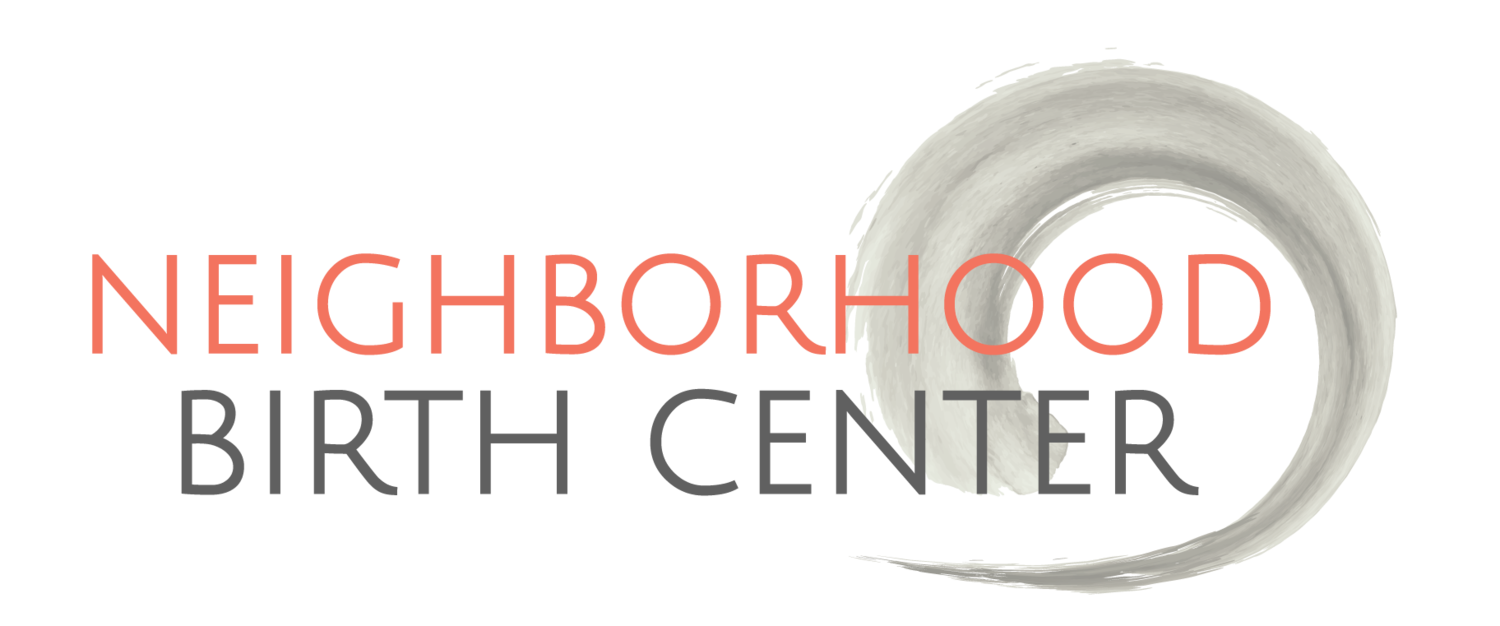Announcing Boston Women’s Fund’s 2022 Movement Building Grantees: A Q&A with this Year’s Recipients
See this Q&A with Director Nashira Baril and others on the Boston Women’s Fund Blog
Can you describe the need that motivated the founding of your organization? Is there a particular story that comes to mind as the catalyst?
I spent most of my career steeped in the very traumatic data of the maternal health crisis, and in particular the ways that crisis bears down on Black birthing people. In 2013, I had a powerfully transformative home birth experience with midwives and felt a tension between what I experienced and the stories I know of loss and trauma and sadness. Over lunch with Dr. JoAnna Rorie, my mentor and long-time Boston midwife, we talked about reviving the 30-year-old vision of a Roxbury birth center and bringing to scale the high touch care of midwives in a warm homelike setting, but covered by insurance and accessible to all. I quit my job shortly after that fateful lunch, and began pouring into this project — for the first six years as a volunteer, then came on as part-time staff last January after the intersecting crises of 2020 opened up a portal of possibility and accelerated our work.
What goals will the BWF Movement Building Grant award help you reach?
Most birth centers are for-profit entities, started by midwives, using their own personal savings or lines of credit. At Neighborhood Birth Center, we have committed to birthing a nonprofit model, allowing us to maintain a humanitarian mission and share power with community. In doing so, we are steadfast in our commitment to community engagement and weaving a web of believers around this vision.
In addition to real estate development, fundraising, and business planning, we see shifting the narrative and building community as a fundamental piece of our sustainable success. Therefore, we seek to build partnerships with funders committed to movement building. This grant from BWF will support our efforts to socialize the community to midwifery and birth center models of care by hosting and participating in events from birth story slams, to house party fundraisers, to church gatherings, to social media conversations, to tabling at events. Midwives will join board members in support of educational efforts and other opportunities to speak about birth center models and safety. Areas of focus are safety, dignity, and FAQs from a client perspective.
What’s one thing you’d love for others to know about your organization?
A freestanding birth center is a home-like setting providing midwifery-led, family-centered care to healthy pregnant people outside of the hospital. Birth center midwives provide continuous, supportive care, using interventions only when medically necessary. Birth centers are integrated into the healthcare system, referring patients to hospitals for consultation or transfer of care when needed. Freestanding birth centers are the perfect solution to meet the triple aim in health care: lower costs and better outcomes with high satisfaction rates. A shift of 10% of births from hospitals to birth centers would save $1.9 billion annually.
Neighborhood Birth Center is a community-grounded, Black-led, nonprofit birth center that is part of a national movement to #ReclaimMidwifery and create a future in which quality health care is accessible to all. We believe that birth is a sacred process, and when the pregnant person is centered, the experience has the power to transform and heal individuals, families, and communities. We are designing everything from physical space to policy to organizational culture with a commitment to healing the past and creating a new model of care.
When you think of your work over the last year, what are you most proud of?
I’m most proud that we have kept a sense of abundance at the center. It’s hard! But it feels so good! Often, in this nonprofit fundraising hustle, and in the broader context of deeply internalized experiences of late-stage capitalism, we are faced with scarcity. The belief that we should trim our budget, low ball costs, cut corners, and do more for less. One of the ways that showed up this year was in my sticker shock at the costs of construction in Boston and immediately, I and others, started to feel like we could trim costs by reducing the number of birth suites, or cutting the garden, apothecary, or atrium from the design. But that feeling was fleeting. We have a shared practice of naming “oh, there’s that feeling of scarcity again” and acknowledging it, then breathing into abundance.
What’s the impact of saying we need an extra six-figures in order to build the birth center that Boston needs, versus, not building it to the specs we know we deserve? From that place, there is no comparison. I refuse to sacrifice creating a beautiful space that has the power to transform people for generations because we are afraid to say we need to raise another $1M, when for many in this city, that’s a rounding error. So, I’m most proud that we are not making decisions from a place of scarcity and limitation, but from the belief in abundance and that there are enough resources for Boston to have an exquisite, luxurious, birthing center, the presence of which will benefit everyone, even if they never give birth there.
See the full blog post with other BWF grantees here: https://www.bostonwomensfund.org/post/announcing-boston-women-s-fund-s-2022-movement-building-grantees-a-q-a-with-this-year-s-recipients
